In today’s digital age, having a strong social media presence is crucial for the success of any e-commerce business. With millions of people using social media platforms daily, it provides a unique opportunity for businesses to connect with their target audience and drive traffic to their websites. One effective strategy that e-commerce businesses can utilize is the “Link in Bio” strategy. This strategy involves optimizing the bio link on social media profiles to direct users to a landing page where they can find more information or make a purchase. In this article, we will explore the importance of a strong social media presence for e-commerce businesses and how the Link in Bio strategy can help drive traffic to your e-commerce site.
Understanding the Importance of a Strong Social Media Presence
Social media has become an integral part of our daily lives, with billions of people around the world using platforms such as Facebook, Instagram, Twitter, and LinkedIn. According to Statista, as of 2021, there are 3.78 billion social media users worldwide, and this number is expected to increase to 4.41 billion by 2025. This presents a massive opportunity for e-commerce businesses to reach and engage with their target audience.
Having a strong social media presence offers numerous benefits for e-commerce businesses. Firstly, it allows businesses to build brand awareness and establish their identity in the market. By consistently posting high-quality content and engaging with their followers, businesses can create a loyal community of customers who are more likely to make purchases.
Secondly, social media provides a platform for businesses to showcase their products or services and highlight their unique selling points. Through visually appealing images and videos, businesses can capture the attention of potential customers and entice them to visit their website.
Lastly, social media platforms offer various advertising options that allow businesses to target specific demographics and reach a wider audience. By utilizing these advertising features effectively, e-commerce businesses can drive traffic to their websites and increase sales.
How the Link in Bio Strategy Can Help Drive Traffic to Your E-commerce Site
The Link in Bio strategy is a powerful tool that e-commerce businesses can use to drive traffic to their websites. This strategy involves optimizing the bio link on social media profiles to direct users to a landing page where they can find more information or make a purchase.
The bio link is the only clickable link that users can access directly from a social media profile. By strategically placing a link that leads to a landing page with relevant information or products, businesses can guide users towards taking the desired action, such as making a purchase or signing up for a newsletter.
One of the main benefits of using the Link in Bio strategy is that it allows businesses to overcome the limitation of not being able to include clickable links in individual posts. Instead of constantly changing the link in each post, businesses can simply update the bio link and direct users to the most relevant page.
Furthermore, the Link in Bio strategy provides an opportunity for businesses to track and measure the effectiveness of their social media efforts. By using analytics tools, businesses can gain insights into how many people are clicking on their bio link, which platforms are driving the most traffic, and which posts are generating the most engagement. This data can then be used to optimize future social media campaigns and improve overall performance.
Choosing the Right Social Media Platform for Your Business
When it comes to choosing the right social media platform for your business, it’s important to consider your target audience and their preferences. Each platform has its own unique demographics and user base, so it’s crucial to select the platforms that align with your target market.
Here is an overview of some popular social media platforms and their demographics:
1. Facebook: With over 2.8 billion monthly active users, Facebook is the largest social media platform. It has a wide range of demographics, making it suitable for businesses targeting a broad audience. However, it is particularly popular among older demographics, with the majority of users being over the age of 35.
2. Instagram: Instagram is a highly visual platform that is popular among younger demographics, particularly millennials and Gen Z. It has over 1 billion monthly active users and is known for its focus on photos and videos. If your target audience is younger and you have visually appealing products or services to showcase, Instagram can be a great platform for your business.
3. Twitter: Twitter is a fast-paced platform that is popular among users who want to stay updated with the latest news and trends. It has over 330 million monthly active users and is particularly popular among professionals and influencers. If your business caters to a professional audience or you want to engage in real-time conversations, Twitter can be a valuable platform for your business.
4. LinkedIn: LinkedIn is a professional networking platform that is primarily used for business and career-related purposes. It has over 740 million members and is particularly popular among professionals, recruiters, and B2B businesses. If your target audience consists of professionals or you want to establish your brand as an industry leader, LinkedIn can be an effective platform for your business.
When choosing a social media platform for your business, it’s important to consider factors such as the demographics of the platform, the type of content you want to create, and the goals of your marketing strategy. By selecting the right platforms, you can effectively reach and engage with your target audience.
Crafting an Effective Bio Link and Landing Page
Crafting an effective bio link and landing page is crucial for driving traffic to your e-commerce site. Here are some tips for creating a compelling bio link and landing page:
1. Keep it concise: The bio link should be short and easy to remember. Avoid using long URLs or complicated phrases that may confuse users. Instead, use a URL shortener or create a custom link that is simple and memorable.
2. Use a strong call-to-action: The bio link should clearly communicate the desired action that you want users to take. Whether it’s “Shop Now,” “Learn More,” or “Sign Up,” make sure the call-to-action is clear and compelling.
3. Optimize for mobile: With the majority of social media users accessing platforms from their mobile devices, it’s important to ensure that your bio link and landing page are mobile-friendly. Make sure the page loads quickly, the text is easy to read, and the buttons are large enough to be clicked on a small screen.
4. Provide value: The landing page should provide value to users and give them a reason to click on your bio link. Whether it’s offering a discount, providing valuable information, or showcasing your products or services, make sure the landing page is relevant and engaging.
5. Test and optimize: Continuously test different variations of your bio link and landing page to see which ones perform the best. Use analytics tools to track click-through rates, conversion rates, and other metrics to determine what is resonating with your audience.
Examples of effective bio links and landing pages:
– Bio link: www.yourwebsite.com/shopnow
– Landing page: A visually appealing page showcasing your best-selling products with a clear call-to-action to shop now.
– Bio link: www.yourwebsite.com/learnmore
– Landing page: An informative page providing valuable content related to your industry or niche, with a call-to-action to sign up for a newsletter or download an e-book.
Tips for Optimizing Your Bio Link for Maximum Engagement
Optimizing your bio link is crucial for maximizing engagement and driving traffic to your e-commerce site. Here are some strategies for increasing engagement with your bio link:
1. Use compelling visuals: Visual content is highly engaging and can capture the attention of users. Use high-quality images or videos in your bio link and landing page to entice users to click and explore further.
2. Offer exclusive promotions: People love discounts and special offers. Consider offering exclusive promotions or discounts to users who click on your bio link. This can incentivize them to take action and make a purchase.
3. Update regularly: Keep your bio link and landing page updated with fresh content and offers. Regularly update your bio link to promote new products, sales, or events to keep users engaged and encourage them to visit your website.
4. Leverage user-generated content: User-generated content is a powerful tool for building trust and credibility. Encourage your followers to share their experiences with your products or services and feature their content on your landing page. This can create a sense of community and encourage others to click on your bio link.
Examples of successful bio link optimization:
– A clothing brand uses their bio link to direct users to a landing page showcasing their latest collection. The landing page includes high-quality images, product descriptions, and a clear call-to-action to shop now.
– A fitness influencer uses their bio link to direct users to a landing page where they offer a free workout guide in exchange for signing up for their newsletter. The landing page includes testimonials from satisfied customers and a clear call-to-action to download the guide.
Utilizing Social Media Analytics to Track Your Progress
Tracking social media analytics is crucial for understanding the effectiveness of your social media efforts and optimizing your strategy. By using analytics tools, you can gain insights into key metrics such as engagement, reach, click-through rates, and conversions.
There are various social media analytics tools available that can help you track your progress. Some popular tools include Google Analytics, Facebook Insights, Instagram Insights, Twitter Analytics, and LinkedIn Analytics.
To effectively use social media analytics, follow these steps:
1. Set goals: Before diving into analytics, it’s important to define your goals. What do you want to achieve with your social media strategy? Whether it’s increasing website traffic, generating leads, or boosting sales, clearly define your goals so you can track the right metrics.
2. Track key metrics: Identify the key metrics that align with your goals and track them regularly. For example, if your goal is to increase website traffic, track metrics such as click-through rates, referral traffic, and bounce rates. If your goal is to generate leads, track metrics such as form submissions and conversion rates.
3. Analyze the data: Once you have collected data from your analytics tools, analyze the results to gain insights into what is working and what needs improvement. Look for patterns or trends in the data and identify areas where you can make adjustments to optimize your strategy.
4. Make data-driven decisions: Use the insights from your analytics to make data-driven decisions. For example, if you notice that a particular social media platform is driving the most traffic to your website, allocate more resources to that platform. If you find that a certain type of content is generating the most engagement, create more of that content.
By regularly tracking and analyzing social media analytics, you can make informed decisions and continuously improve your social media strategy.
Integrating the Link in Bio Strategy with Your Overall Marketing Plan
Integrating the Link in Bio strategy with your overall marketing plan is crucial for maximizing its effectiveness and achieving your business goals. Here are some tips for integrating the Link in Bio strategy with your marketing plan:
1. Align messaging: Ensure that the messaging on your social media profiles, bio link, and landing page aligns with your overall brand messaging and marketing objectives. Consistency in messaging helps build trust and credibility with your audience.
2. Coordinate campaigns: Coordinate your social media campaigns with other marketing initiatives such as email marketing, influencer collaborations, or offline events. By aligning your campaigns, you can create a cohesive and integrated marketing strategy that amplifies your message and reaches a wider audience.
3. Use tracking links: Use tracking links or UTM parameters to track the effectiveness of your bio link in driving traffic and conversions. This will allow you to measure the ROI of your social media efforts and make data-driven decisions.
4. Optimize for SEO: Consider optimizing your bio link and landing page for search engines to increase organic traffic. Use relevant keywords in your bio link and landing page content, optimize meta tags, and ensure that your landing page is mobile-friendly.
Examples of successful integration of the Link in Bio strategy with marketing plans:
– A beauty brand launches a new product line and coordinates a social media campaign with email marketing. They include the bio link in their email newsletters, directing subscribers to a landing page where they can learn more about the new products and make a purchase.
– A food blogger partners with a popular influencer to promote a recipe e-book. They coordinate their social media campaigns, with the influencer sharing the bio link on their profile and directing their followers to a landing page where they can purchase the e-book.
Creating Compelling Content to Drive Traffic to Your Bio Link
Creating compelling content is crucial for driving traffic to your bio link and engaging with your audience. Here are some tips for creating engaging social media content:
1. Know your audience: Understand who your target audience is and what they are interested in. Tailor your content to their preferences and create content that resonates with them.
2. Tell a story: Storytelling is a powerful tool for capturing attention and creating an emotional connection with your audience. Use storytelling techniques in your social media posts to engage users and encourage them to click on your bio link.
3. Use visuals: Visual content is highly engaging and can help you stand out on crowded social media feeds. Use high-quality images, videos, and graphics in your posts to capture attention and entice users to click on your bio link.
4. Provide value: Create content that provides value to your audience. Whether it’s educational content, entertaining content, or inspirational content, make sure it is relevant and useful to your target audience.
Examples of successful social media content:
– A fashion brand creates a series of Instagram posts showcasing different ways to style their products. Each post includes a caption with styling tips and a call-to-action to click on the bio link for more outfit inspiration.
– A fitness influencer creates a video tutorial on YouTube demonstrating a workout routine. They share snippets of the video on Instagram with a caption teasing the full tutorial on their bio link.
Leveraging Influencers and Collaborations to Boost Your Reach
Influencer marketing and collaborations can be powerful tools for boosting your reach and driving traffic to your e-commerce site. By partnering with influencers or collaborating with other businesses, you can tap into their existing audience and leverage their influence to promote your products or services.
Influencer marketing involves partnering with influencers who have a large following and influence over their audience. By featuring your products or services in their social media posts or videos, influencers can help increase brand awareness and drive traffic to your bio link.
Collaborations involve partnering with other businesses or individuals who have a similar target audience but offer complementary products or services. By cross-promoting each other’s products or services, you can reach a wider audience and drive traffic to your bio link.
Benefits of leveraging artificial intelligence in business are numerous. Firstly, AI can automate repetitive tasks, allowing employees to focus on more strategic and creative work. This increases productivity and efficiency within the organization. Secondly, AI can analyze large amounts of data quickly and accurately, providing valuable insights and predictions that can inform decision-making. This can lead to more informed and data-driven business strategies. Additionally, AI can improve customer service by providing personalized and timely responses to customer inquiries. This enhances the overall customer experience and satisfaction. Lastly, AI can help identify patterns and anomalies in data, enabling businesses to detect fraud or security breaches more effectively. Overall, leveraging artificial intelligence can lead to cost savings, improved decision-making, enhanced customer service, and increased security for businesses.























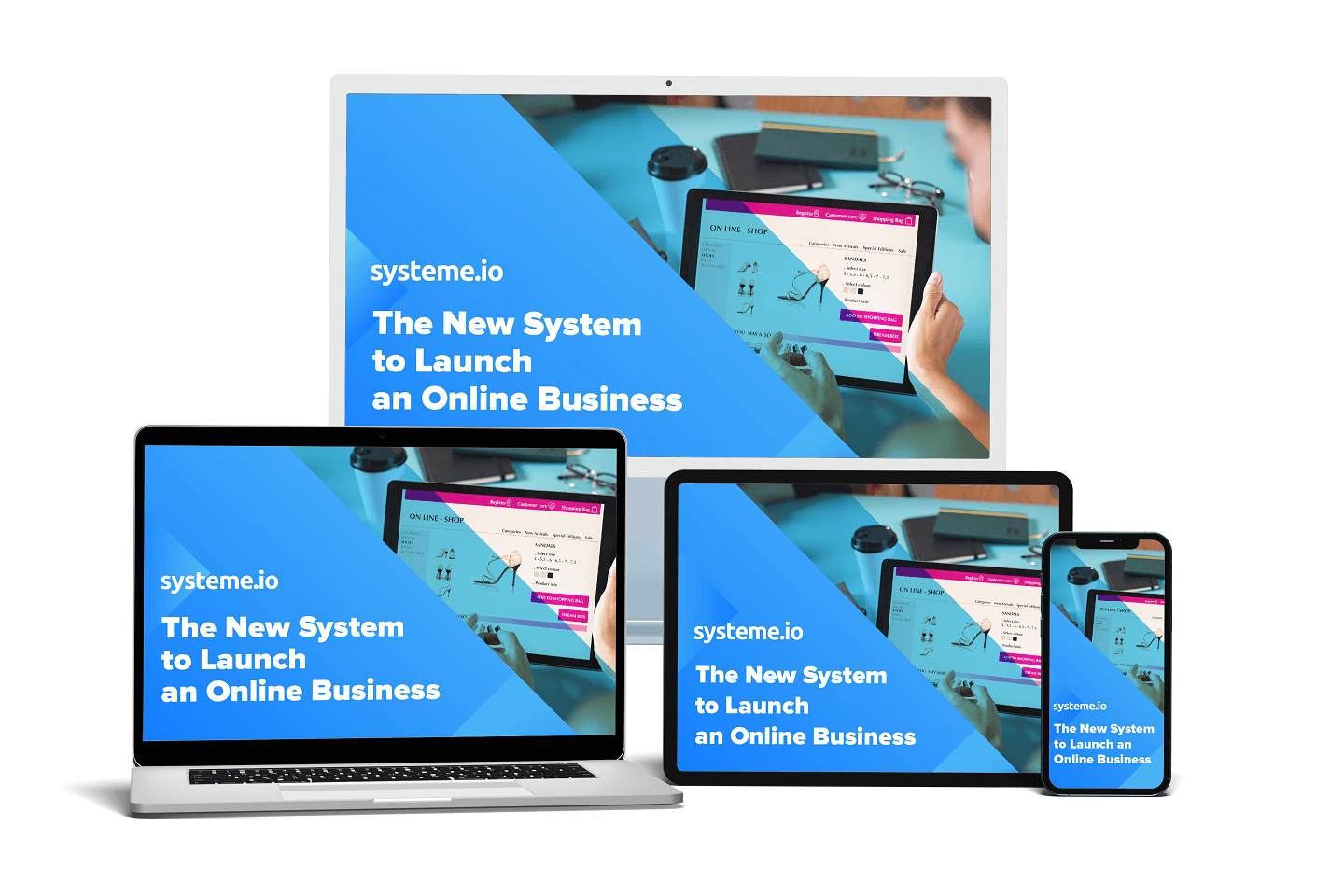


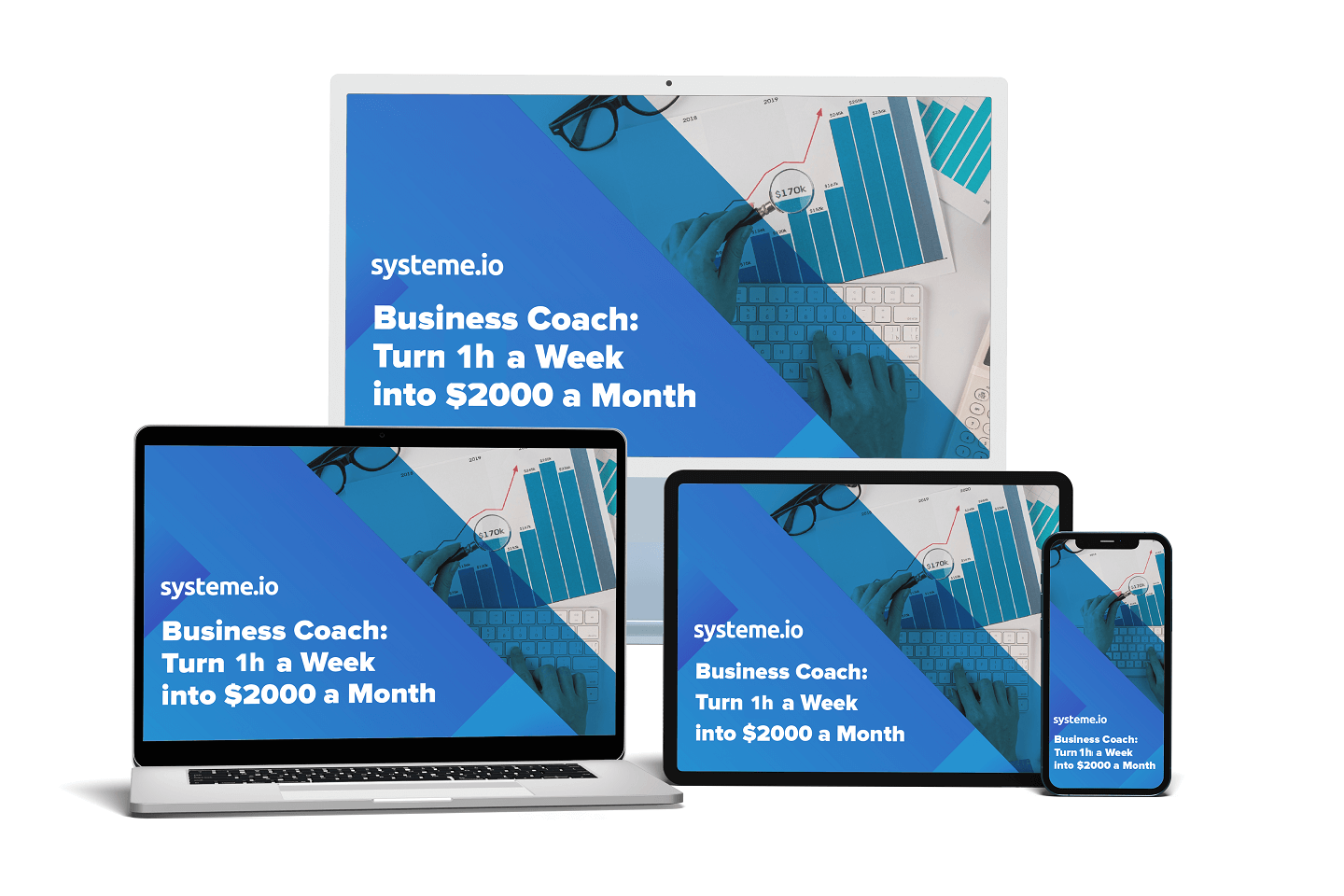
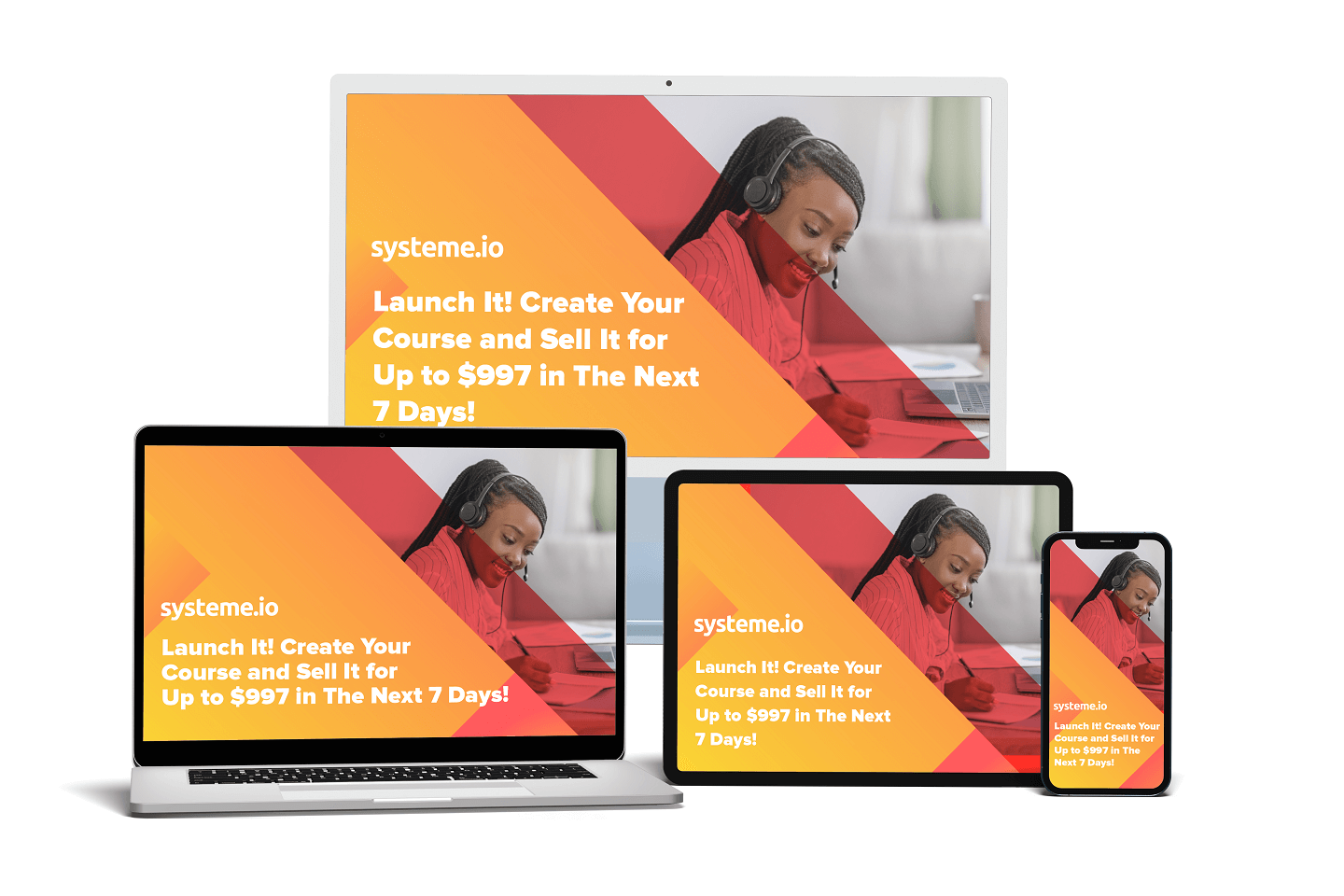
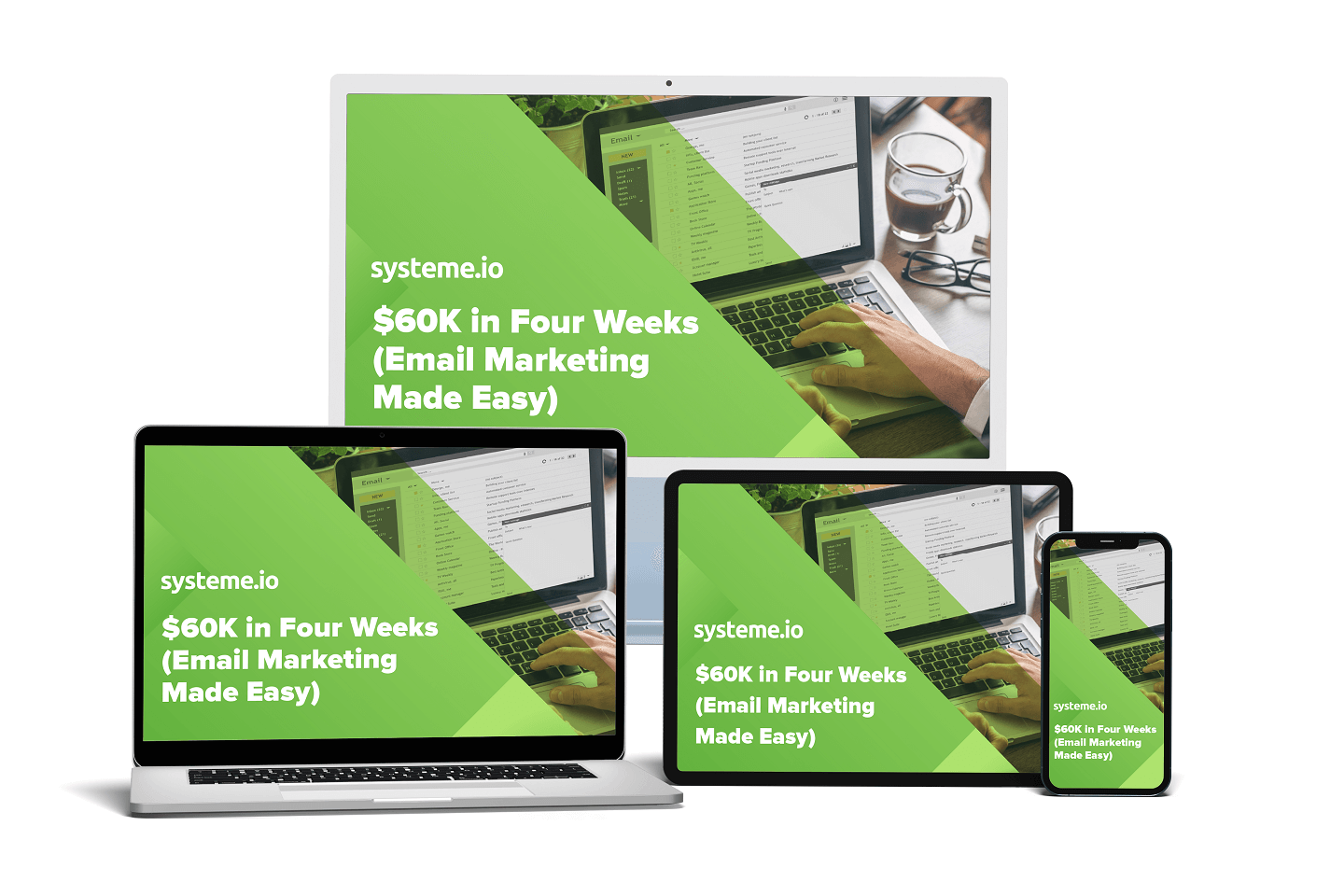

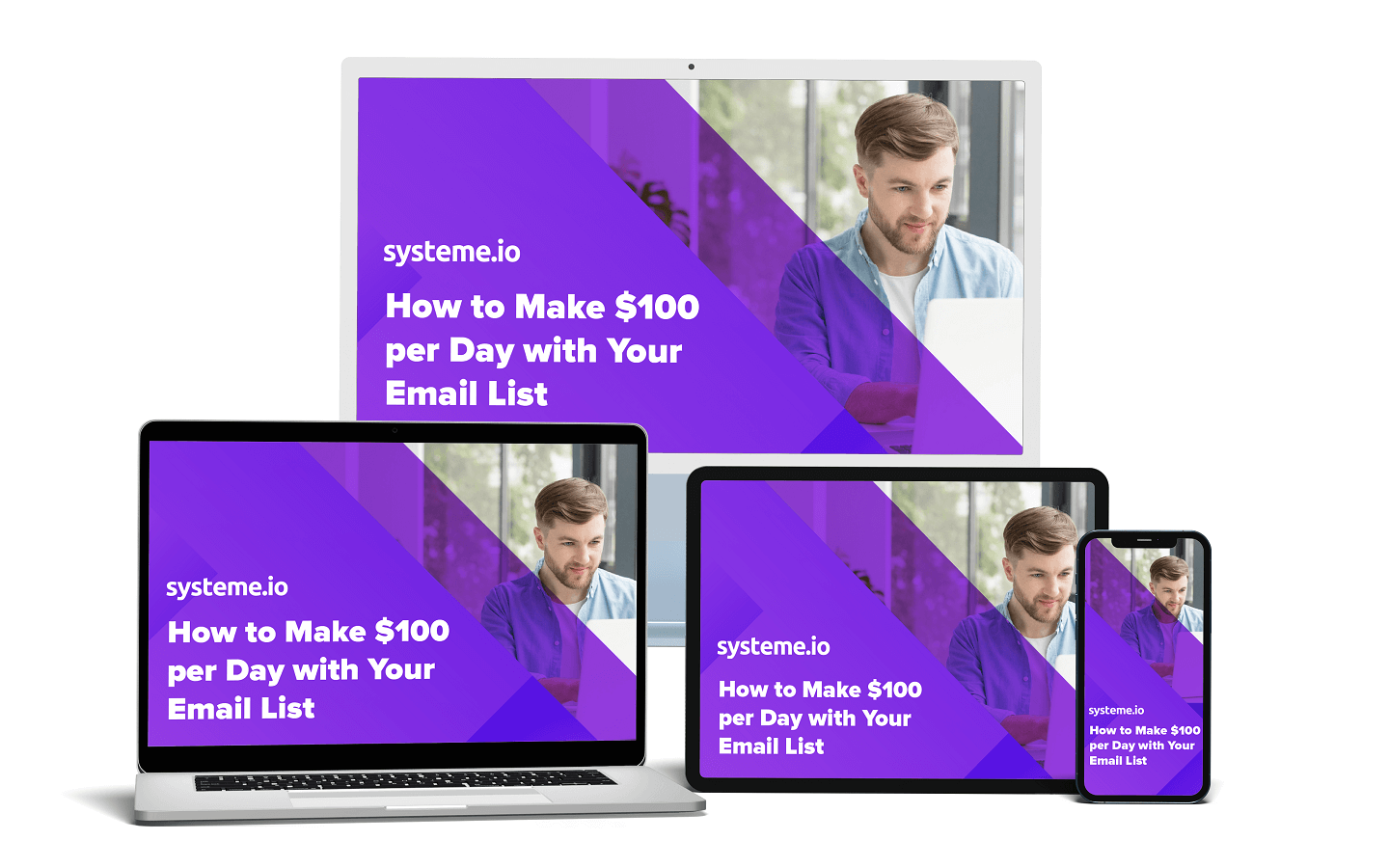








0 Comments